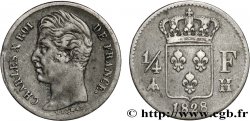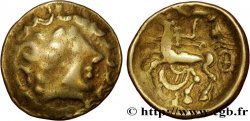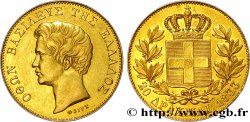Live auction - fme_895919 - CHARLES X Médaille, Conseil d’État, Joseph Jérôme, comte Siméon
Чтобы принять участие в торгах, вы должны войти в систему и стать подтвержденным участником аукциона. Войдите, чтобы сделать ставку. Ваш аккаунт будет подтвержден в течение 48 часов. Не ждите до закрытия торгов, чтобы зарегистрироваться.Сделав ставку на данный товар, вы вступаете в юридическое соглашение на покупку выбранного товара и нажатием кнопки «Сделать ставку» подтверждаете принятие вами условий интернет-аукционов cgb.fr.
Ставка может бить сделана только в полном эквиваленте евро. Торги закроются согласно времени, указанному в описании товара, все ставки, сделанные после закрытия торгов, учитываться не будут. Не следует откладывать предложение вашей ставки до последнего момента, так как система может не успеть обработать вашу заявку, и ваша ставка не будет принята. Более детальную информацию вы найдёте здесь: FAQ по интернет-аукционам.
Все ставки победителей подлежат комиссии 18%.
Все ставки победителей подлежат комиссии 18%.
| Оценить : | 200 € |
| Цена : | 450 € |
| Максимальная предлагаемая цена : | 450 € |
| Конец торгов : | 13 February 2024 17:01:11 |
| Участников : | 4 Участников |
Тип Médaille, Conseil d’État, Joseph Jérôme, comte Siméon
Дата: n.d.
Металл: silver
Диаметр: 41 mm
Ориентация осей монеты: 12 h.
Гравер MICHAUT Auguste-François (1786-1879)
Вес: 41,47 g.
Век: lisse
Пуансон: sans poinçon
Комментарии о состоянии
Patine hétérogène, présentant des frottements dans les champs. Présence de quelques rayures. Beaux reliefs au revers. Quelques petits coups sur la tranche
Лицевая сторона
Аверс: легенда: CHARLES X - ROI DE FRANCE..
Аверс: описание: Tête nue de profil à droite, signé : MICHAUT..
Обратная сторона
Реверс: легенда: CONSEIL D’ETAT / - / LE BARON / SIMEON.
Реверс: Описание: Légende en 3 lignes dans une couronne de chêne, sommée d’une couronne. Signé : BARRE.
Комментарий
La médaille a été remise à Joseph Jérôme, comte Siméon (1749-1842). Né à Aix-en-Provence, il deviendra professeur de droit à l’université d’Aix-en-Provence en 1778, assesseur de Provence en 1783, il perd sa chaire sous la Révolution et prend part au mouvement fédéraliste du Midi en 1793.
D’abord réfugié en Italie, puis de retour à Marseille, il sera député au Conseil des Cinq-Cents en 1795. Condamné à la déportation puis prisonnier, il sera libéré lors du coup d'État du 18 brumaire. Refusant sa nomination de préfet de la Marne, il sera nommé tribun et prend part à la préparation du Code civil. Conseiller d'État (1804), il devient membre du conseil de régence en 1807 puis ministre de l'Intérieur et président du Conseil d'État du roi Jérôme de Westphalie.
Il sera ensuite préfet du Nord (1814-1815), il siège aussi à le Chambre des représentants des Cent-Jours, puis à la « Chambre introuvable » à la Seconde Restauration et reprend place au Conseil d’État en 1815. Il sera également ministre de l’Intérieur (1820-1821), pair de France à partir de 1821 et sera le premier président de la Cour des comptes (1837-1839).
The medal was awarded to Joseph Jérôme, Count Siméon (1749-1842). Born in Aix-en-Provence, he became a professor of law at the University of Aix-en-Provence in 1778, assessor of Provence in 1783, he lost his chair during the Revolution and took part in the federalist movement of the South in 1793. First a refugee in Italy, then returning to Marseille, he was a deputy in the Council of Five Hundred in 1795. Sentenced to deportation then prisoner, he was freed during the coup d'état of 18 Brumaire. Refusing his appointment as prefect of the Marne, he was appointed tribune and took part in the preparation of the Civil Code. Councilor of State (1804), he became a member of the Regency Council in 1807 then Minister of the Interior and President of the Council of State of King Jerome of Westphalia. He was then Prefect of the North (1814-1815), he also sat in the Chamber of Representatives of the Hundred Days, then in the \\\"Introuvable Chamber\\\" during the Second Restoration and took his place again in the Council of State in 1815. He was also Minister of the Interior (1820-1821), Peer of France from 1821 and was the first President of the Court of Auditors (1837-1839)
D’abord réfugié en Italie, puis de retour à Marseille, il sera député au Conseil des Cinq-Cents en 1795. Condamné à la déportation puis prisonnier, il sera libéré lors du coup d'État du 18 brumaire. Refusant sa nomination de préfet de la Marne, il sera nommé tribun et prend part à la préparation du Code civil. Conseiller d'État (1804), il devient membre du conseil de régence en 1807 puis ministre de l'Intérieur et président du Conseil d'État du roi Jérôme de Westphalie.
Il sera ensuite préfet du Nord (1814-1815), il siège aussi à le Chambre des représentants des Cent-Jours, puis à la « Chambre introuvable » à la Seconde Restauration et reprend place au Conseil d’État en 1815. Il sera également ministre de l’Intérieur (1820-1821), pair de France à partir de 1821 et sera le premier président de la Cour des comptes (1837-1839).
The medal was awarded to Joseph Jérôme, Count Siméon (1749-1842). Born in Aix-en-Provence, he became a professor of law at the University of Aix-en-Provence in 1778, assessor of Provence in 1783, he lost his chair during the Revolution and took part in the federalist movement of the South in 1793. First a refugee in Italy, then returning to Marseille, he was a deputy in the Council of Five Hundred in 1795. Sentenced to deportation then prisoner, he was freed during the coup d'état of 18 Brumaire. Refusing his appointment as prefect of the Marne, he was appointed tribune and took part in the preparation of the Civil Code. Councilor of State (1804), he became a member of the Regency Council in 1807 then Minister of the Interior and President of the Council of State of King Jerome of Westphalia. He was then Prefect of the North (1814-1815), he also sat in the Chamber of Representatives of the Hundred Days, then in the \\\"Introuvable Chamber\\\" during the Second Restoration and took his place again in the Council of State in 1815. He was also Minister of the Interior (1820-1821), Peer of France from 1821 and was the first President of the Court of Auditors (1837-1839)







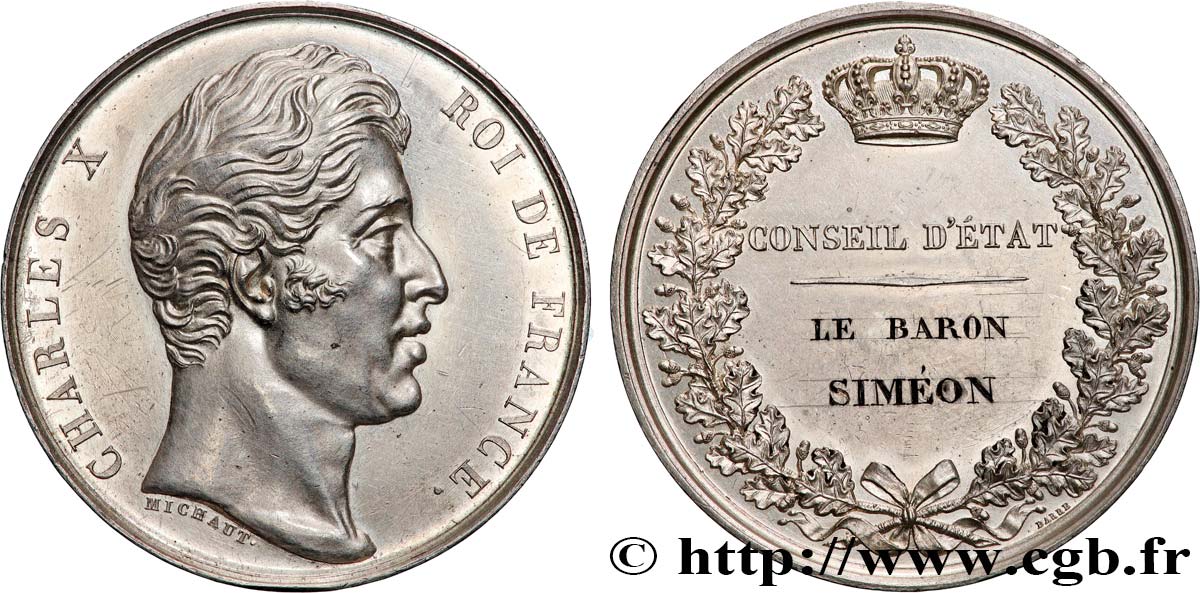
 Cообщить об ошибке
Cообщить об ошибке Распечатать страницу
Распечатать страницу Отправить мой выбор
Отправить мой выбор Задать вопрос
Задать вопрос Consign / sell
Consign / sell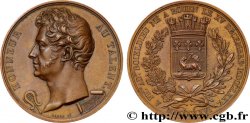
 Информация
Информация
